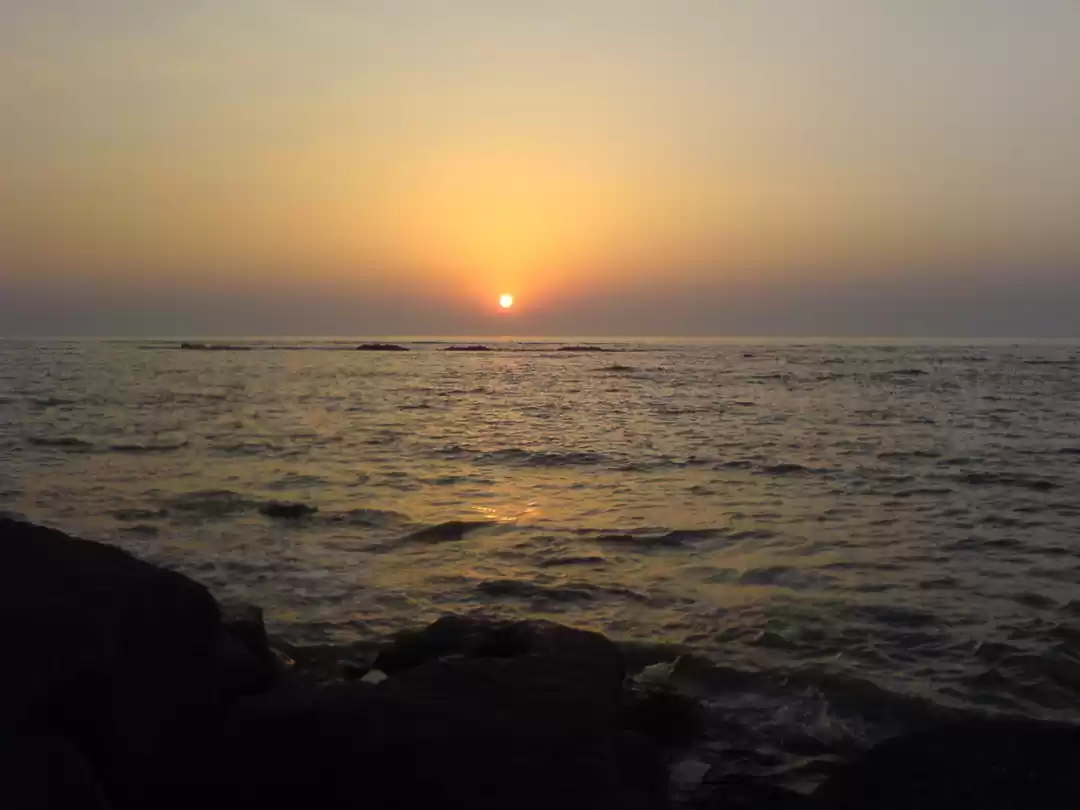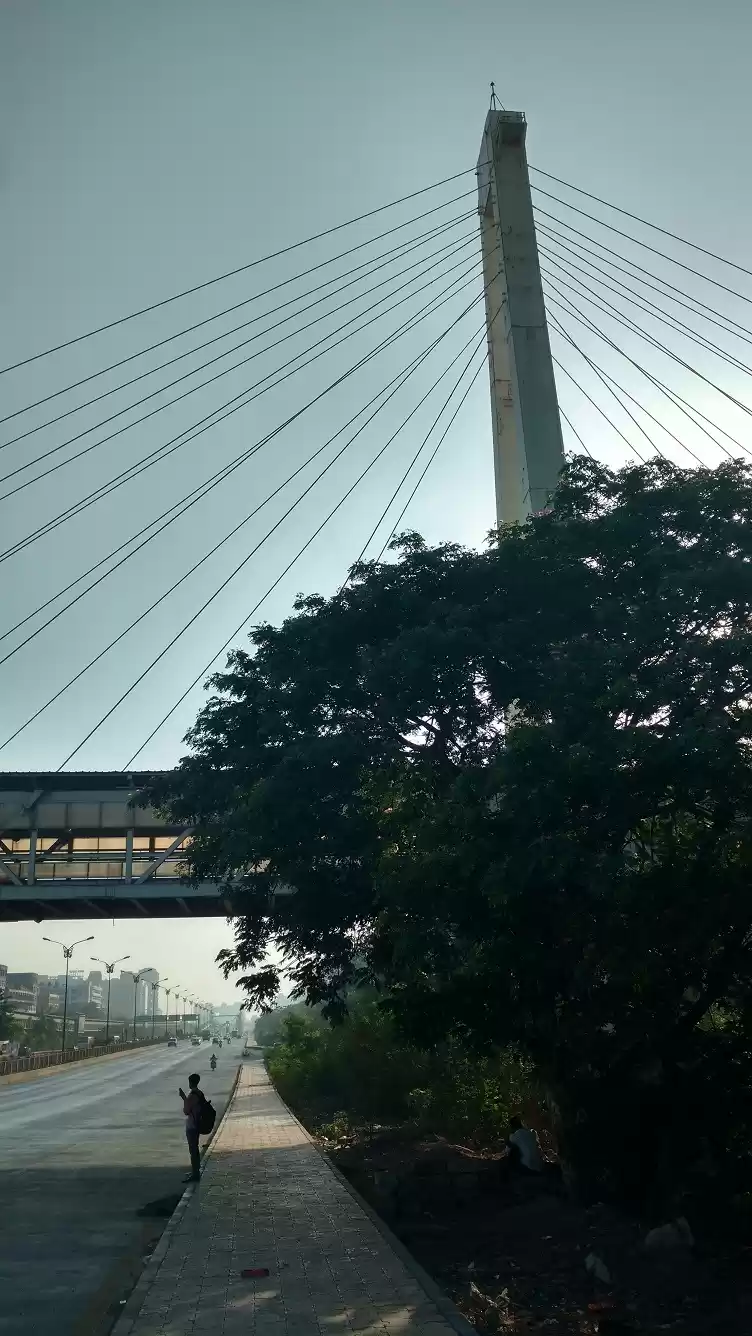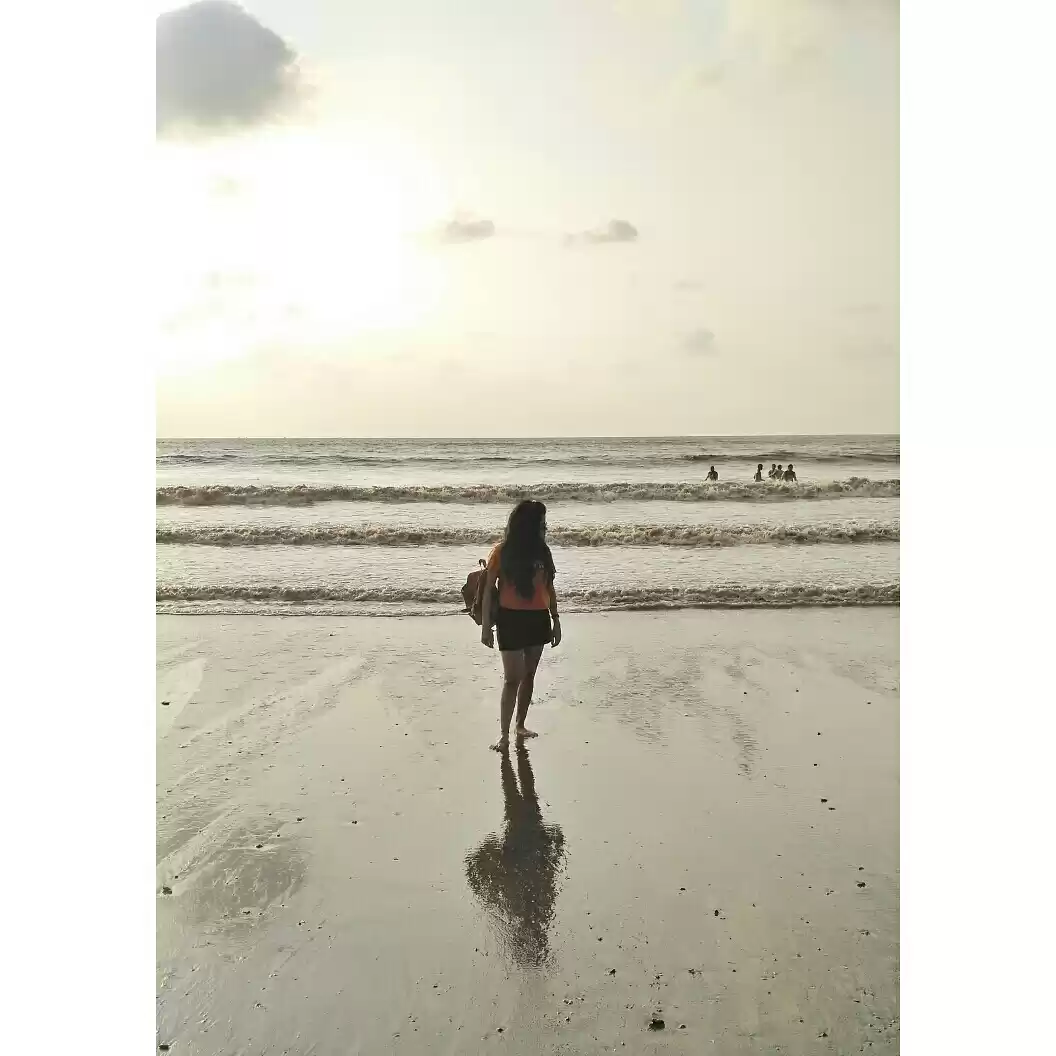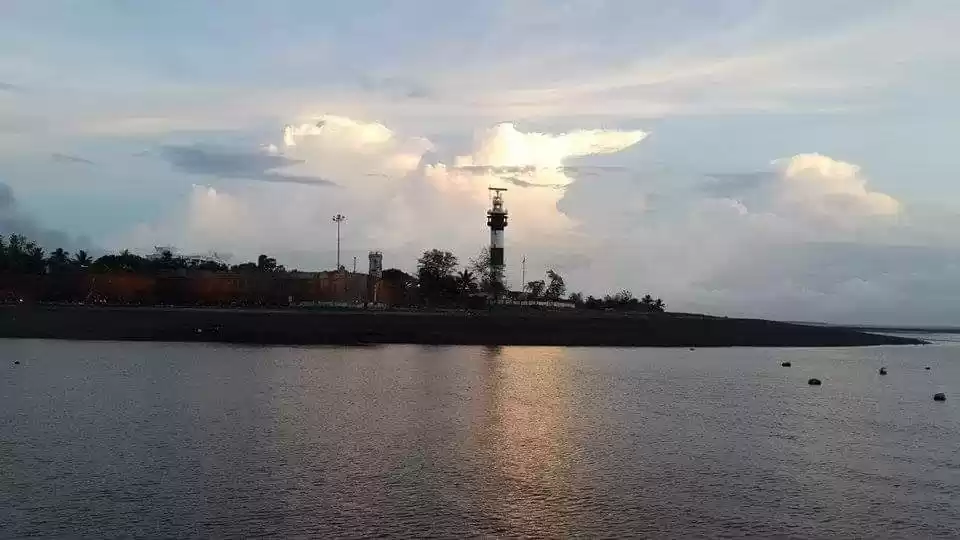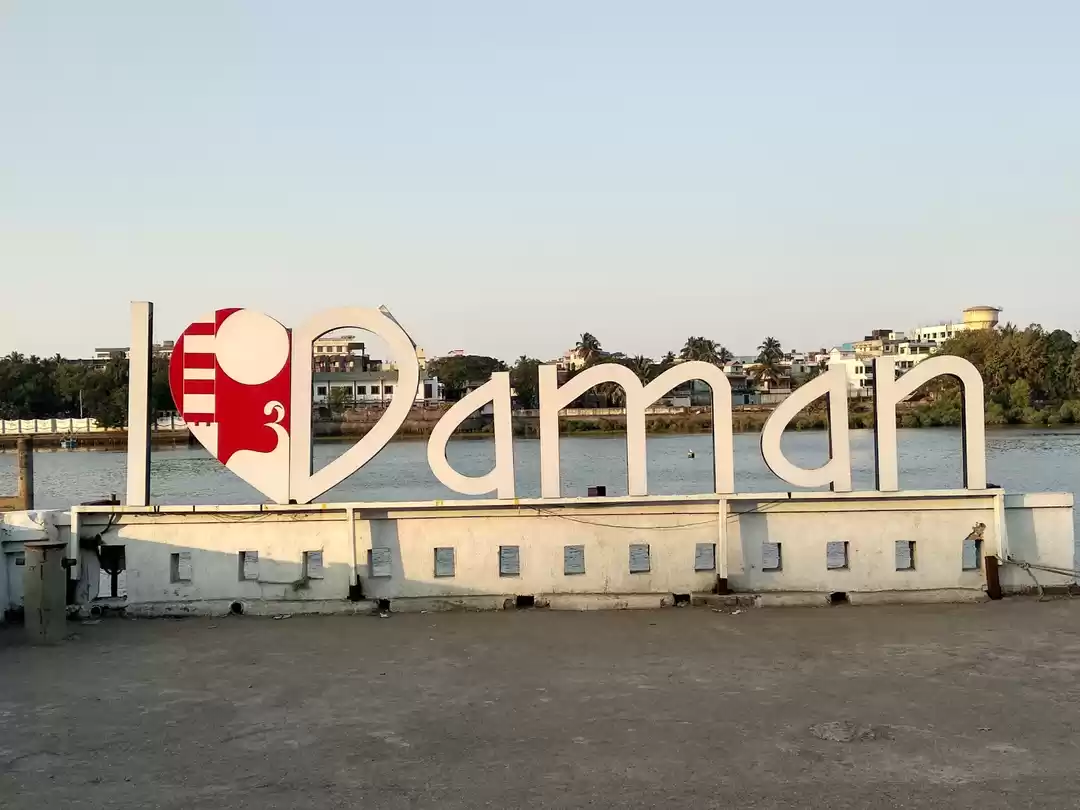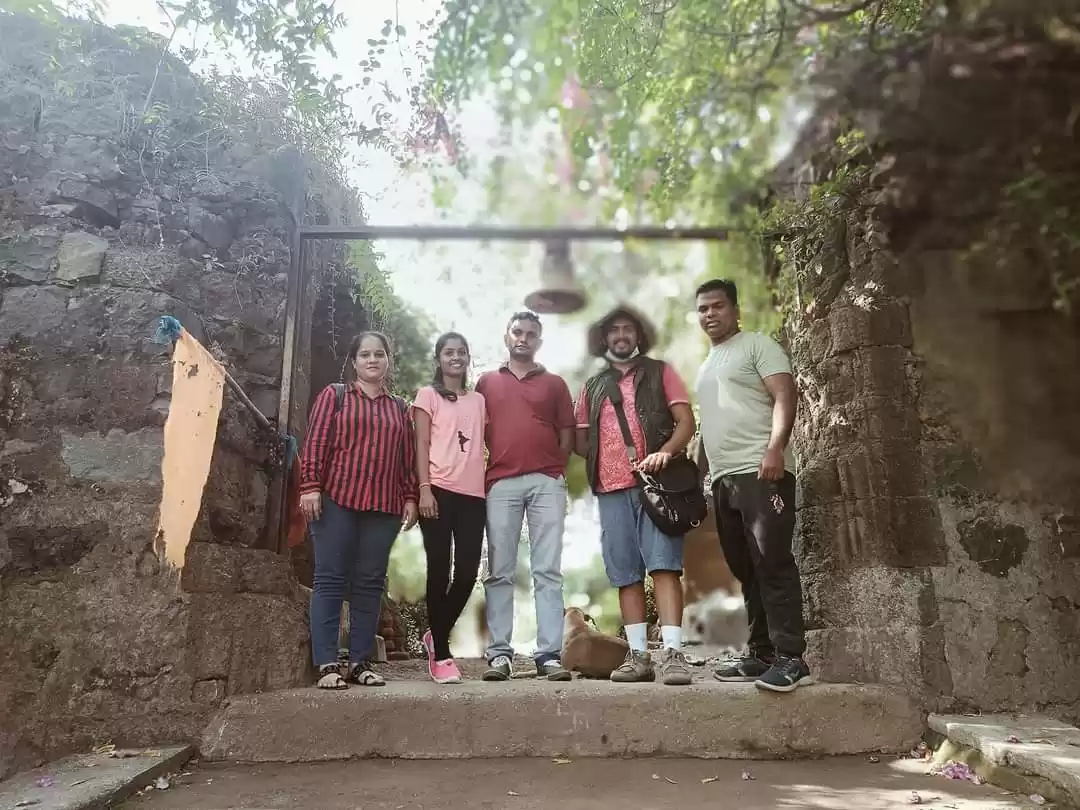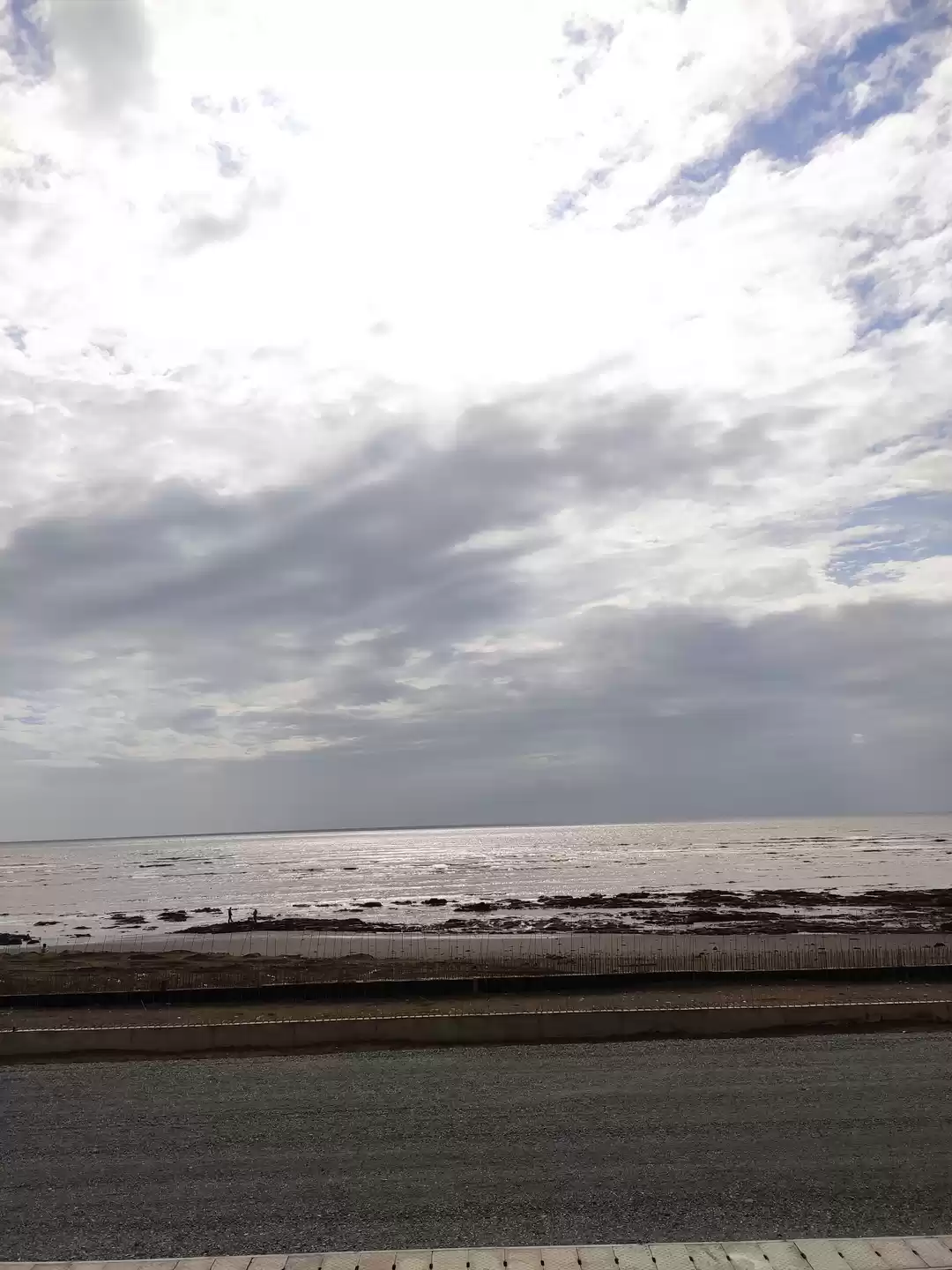The Experience: Two days exploring two cultures as similar as chalk and cheese.
Where: Less than 200 km from Mumbai are 2 historical places that were once the centers for 2 different sets of people who had come to India from across the seas and became parts of India's myriad culture. Udvada is where the Parsis found refuge from persecution while Daman was a symbol of Portuguese power in India.
The Route: Daman is about 180 km from Mumbai and takes around 3.50 to 4 hours by road. Udvada is a 20 minutes journey from Daman. Daman offers more options for stay.
Day 1 (Saturday): Moti Daman
The drive to Daman from Mumbai is a smooth one over an excellent road (although one must be prepared for traffic upto Virar if leaving late in the morning). One can easily reach Daman before lunch and then start exploring in the late afternoon after a break. Daman is divided into two parts by a bridge - the older part known as Moti Daman is the original Portuguese settlement now housing almost all administrative buildings of Daman administration while the newer part known as Nani Daman is where all the hotels are. Given the generally hot and humid climate it is advisable to explore the old city in the late afternoon ending with the sunset on the beach. Due to its proximity to the nearby dry state of Gujarat as well as Mumbai, weekends are generally very crowded.
Places to See: We were pleasantly surprised by the number of well maintained historical sites within the Moti Daman Fort. With superb signage and information at every corner, it a delight for explorers. It is advisable to park the vehicle at the Jetty Garden and then explore the Fort on foot.
1. The Jetty Garden
This is the parking spot located at the seaside entry to the Moti Daman fort, this place is being redeveloped focusing on the selfie obsession with the mandatory "I Love Daman" selfie point. As expected it's too crowded and people keep throwing garbage around. There is a line of food stalls mainly selling non-vegetarian food for which there is lot of jostling and the smell may be overpowering for some. Boating services are also available here.




Standing strong from the time of Akbar's reign this fort housed the palaces and official buildings of the Portuguese administration in India along with the residences of the Portuguese gentry. Now almost the entire administration of Daman is run from the Moti Daman fort and major efforts are on to develop into a tourist friendly attraction. There are big boards in front of the buildings giving information about the legacy of the place. The ramparts have been made more tourist friendly and we found the place surprisingly clean.



A walk along the colorfully painted buildings on the sides of well planned lanes retains the feel of an era different from the rest of India. Vehicles are permitted inside though a heritage walk is more advisable. The whole area can be covered within an hour at a slow pace. The lanes are a photographer's delight.






The restored lighthouse is one of the best places in Daman to see the sunset.

3. Church of Bom Jesu
One of the oldest Portuguese churches in India (completed in 1603), it is the largest church located within the Moti Daman fort. It is a must visit place for its beautifully embellished interiors and wooden work.


This is still an active place of worship with regular Mass being held there. However, the ornate work needs some protection from the damp.


The authorities should also take urgent measures about the stray dogs thronging the area. The old jail is bang opposite the Church.

4. Chapel of Our Lady of Rosary

The extremely simple whitewashed exterior of the building next to the Daman Municipal Council building, hides one of the most ornate Portuguese chapels of India. The recess where the idols are placed can only be described as magnificent. The ceiling has ornate gilded figures.


The elaborately carved wall panels depict the important events in Jesus Christ's life while the ornate ceiling has golden angels and multicolored rose petals. Look out for important events like the visit of the Magi and the Last Supper.


The age of the building is evident from the ancient tombs near the altar.

One of the oldest buildings within the complex it is the first major building from the land side entry. The gate has an ancient idol mounted on the top.




The moat on the land side entry is still in form.
A black sand beach runs along the old fort. A new promenade like the Marine Drive in Mumbai is being constructed along this beach. However, it is best to avoid during the dark.



Day 2 (Sunday): Nani Daman and Udvada
Nani Daman is the stark opposite of Moti Daman and is extremely dirty and crowded. Being a weekend watering hole for the nearby dry state of Gujarat, the beach is littered with empty bottles and garbage everywhere (massive failure of Swach Bharat). The fort is nowhere near the majestic one in Moti Daman with only the ramparts left. The lanes are narrow, congested and dirty. The approach to the fort is full of disorganized slums. There is not much to do within the compound. Daytime visits are made worse because of the absence of any shade. Some refreshments are available near the entrance. The authorities should put up more information boards highlighting the history of the place as they have done for the main fort compound. Overall can be covered within 30 minutes.
The Nani Daman Fort is the fort that one can see from the Moti Daman fort across the river. The condition of the place is stark opposite of the grand Moti Daman fort. While only the ramparts remain of the main fort, the compound has a school, church and cemetery within it.
This is a quaint little temple right at the Nani Daman jetty opposite the St Jerome Fort. At low tide the colors of the different waters meeting the sea are clearly visible. Boating can also be done from this place.

A 20 minutes drive from Daman, is the quaint little town of Udvada in Valsad district of Gujarat. It is a historically significant place for the Parsi community, and the Iranshah Fire temple or Atash Behram is the most sacred of the Zoroastrian fire temples in India and the oldest continuously burning fire-temple fire in the world. While non-Parsis are not allowed into fire temples, one can stroll down the lanes looking into the open houses of the families of the priests. Udvada is a scenic place which feels feels straight out of postcards from a century back.


One can see old bungalows (most of them closed) surrounded by gardens on both sides of the road.

Being a small place it is difficult for vegetarians to get lunch at a short notice .
This was a big disappointment as despite being located at one of the most important places for the Parsi community in India, it absolutely falls short as a museum. Everything is just a replica or a photograph and there are no real historical artifacts and the information on the walls is easily available on the net.


The mandatory (!) selfie point is located in this compound, completely out of the place with its surroundings.

As mentioned earlier, it is a better option to have lunch back in Daman and then heading straight back to Mumbai if running short of time.

For history buffs a weekend trip to Daman-Udvada is a real treat.
Frequent Searches Leading To This Page:-
weekend holiday trip from mumbai, weekend holidays from mumbai, road trip near mumbai, weekend getaways from mumbai, weekend trip cost from mumbai



























